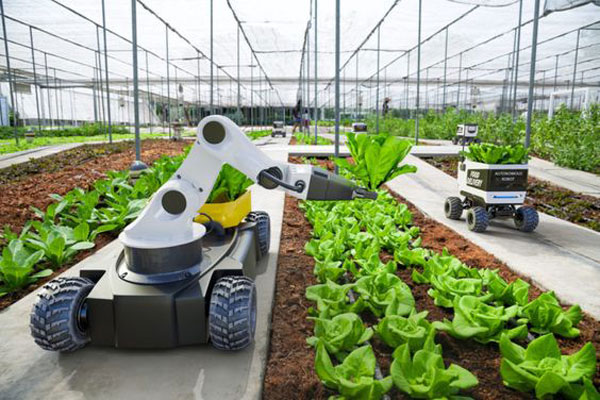Marigold (Tagetes spp.) is one of the most popular ornamental flowers grown worldwide for its vibrant colors, ease of cultivation, and versatility. Widely used for landscaping, religious offerings, and in floral decorations, marigolds hold an important place in India’s floriculture sector. They are easy to grow, low-maintenance, and thrive in various agro-climatic conditions. Here’s a closer look at marigold cultivation practices, focusing on soil and climate requirements, and the production scenario in India.
Cultivation Practices
Marigolds can be propagated by seeds or cuttings, with seed sowing being the most common method. The seeds are sown in well-prepared nursery beds, and seedlings are transplanted into the field after 4-5 weeks. The spacing between plants depends on the variety, typically ranging from 40-60 cm. Regular watering, weeding, and fertilization with nitrogen, phosphorus, and potassium are crucial for healthy growth and profuse flowering. Pests such as aphids, spider mites, and diseases like powdery mildew should be monitored and managed with appropriate measures.
Soil and Climate Requirements
Marigolds thrive in a variety of soil types, but well-drained, sandy loam soils rich in organic matter are ideal. The optimum soil pH range is 6.5 to 7.5. While marigolds are quite hardy and tolerant to drought, they prefer moderate moisture levels. Adequate sunlight is essential, as they require full sun exposure for at least 6-8 hours a day. Marigolds can grow well in a wide range of temperatures, with the optimal temperature being between 18°C and 30°C. They are also frost-sensitive, so planting in frost-free periods is crucial.
Area and Production in India
India is one of the leading producers of marigold, with significant cultivation across states like Karnataka, Tamil Nadu, Andhra Pradesh, and Maharashtra. These regions provide suitable conditions for marigold growth, including favorable soil and climate. The exact area under cultivation can vary annually, but it is estimated that marigold is grown on thousands of hectares in India, contributing to the country’s thriving floriculture industry.
Marigolds are harvested 2-3 months after transplanting, and the vibrant flowers are sold in local markets or exported to meet the demand for decorative and ceremonial uses. The cultivation of marigold offers significant economic returns for farmers due to its high demand and relatively low production costs.





